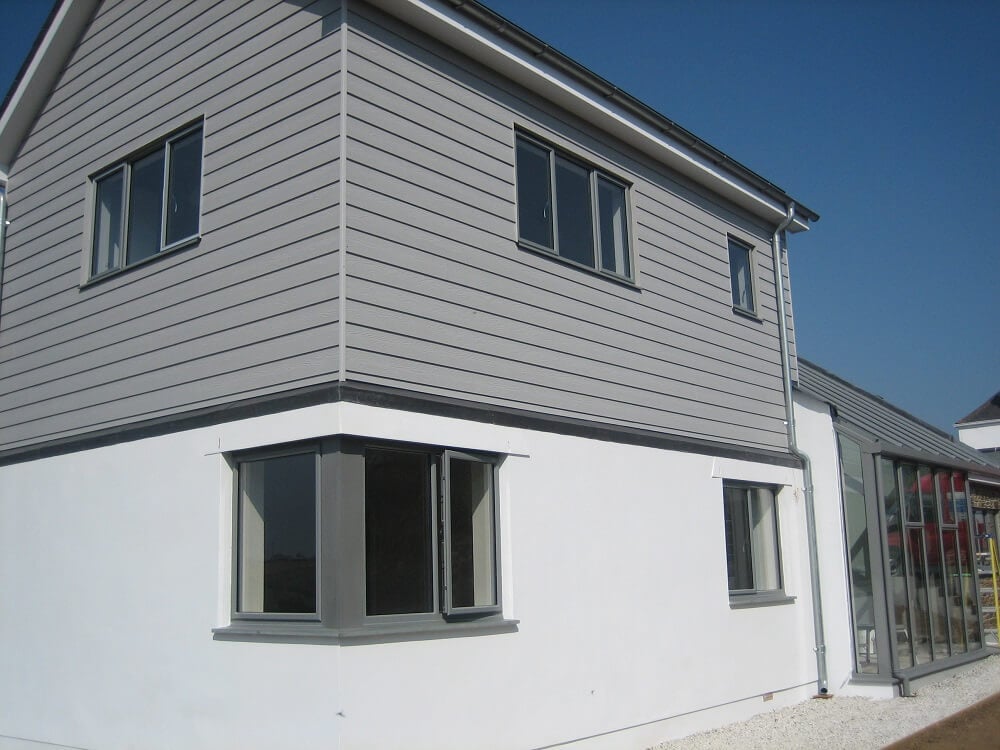Transform Your Exterior with High-Quality Outdoor Cladding PanelsOutdoor Cladding Sections: The Perfect Blend of Operation and Appearance
Transform Your Exterior with High-Quality Outdoor Cladding PanelsOutdoor Cladding Sections: The Perfect Blend of Operation and Appearance
Blog Article
Contemporary architecture is consistently changing, with homeowners and developers seeking innovative approaches to enhance both beauty and operation of these buildings. One element that has seen a rise in popularity is the use of outdoor cladding panels. Not merely are they visually desirable, but Outdoor Cladding Sections also offer several useful advantages, making them required for contemporary homes.

Defining Outdoor Cladding Panels
Outside cladding sections are protective levels fitted to the outside of a building. An average of for sale in materials like timber, material, fibre concrete, and composite, they change otherwise plain facades in to striking, resilient, and successful exteriors. Cladding is no longer on a decorative purposes—it definitely plays a part in a home's energy efficiency, longevity, and low-maintenance lifestyle.
Guarding and Preserving Buildings
Among the significant reasons outdoor cladding systems are considered important is their capacity to guard properties from tough climate conditions. Whether it's large rainfall, scorching heat, or freezing winters, a well-chosen cladding program glasses the building's design from the elements.
Data reveal that temperature publicity is responsible for up to 40% of outside wall deterioration in buildings. Cladding sections function as the initial distinct defense, reducing the chance of water seepage, breaking, and shape growth.
Energy Performance and Sustainability
With energy costs increasing globally, making energy-efficient domiciles has turned into a goal for a lot of homeowners. Outdoor cladding systems can enjoy a critical position in improving efficiency and maintaining consistent indoor temperatures. Resources like covered sections and composite methods can lower thermal connecting, major to reduce energy usage for heat and cooling.
A study by the Power Performance Council unveiled that improving a home's warmth with cladding components can reduce power use by around 30% annually. Furthermore, several cladding products and services are made applying sustainable methods, providing eco-conscious homeowners an green making option.
Improving Artistic Appeal
Outdoor cladding panels provide modernity and sleekness to developing exteriors. With an array of material options, designs, and colors accessible, they allow for architectural creativity that enhances modern lifestyles. From wood-look completes for warm, natural colors to sleek material panels for a advanced character, cladding cells let homeowners to amplify their curb charm in line with the most recent trends.
The need for visual house fronts keeps growing, with surveys suggesting that 68% of customers price visible appeal all through a house purchase. Cladding systems always check that box while providing useful advantages.
Minimal Preservation and Long-Term Value
Still another reason cladding sections are becoming required for modern properties is their small maintenance requirement. In comparison to conventional color jobs or exposed plaster that needs frequent preservation, particular cladding components like fiber concrete or composite sections only require periodic washing, substantially lowering preservation costs.

A Contemporary Home Essential
As homeowners intention to construct rooms that are lovely, energy-efficient, and sturdy, outdoor cladding cells offer a comprehensive solution. By defending against weather injury, enhancing power efficiency, and elevating beauty, these sections have actually attained their position being an necessary feature of contemporary homes. Their flexibility and functionality make them not just a tendency, but essential for forward-thinking architecture.
Report this page